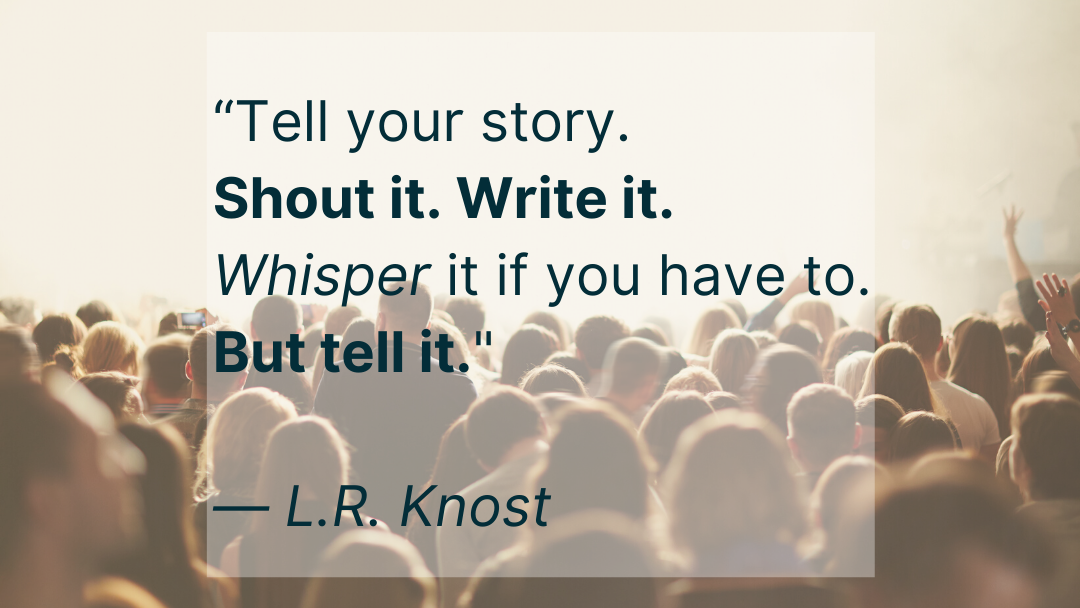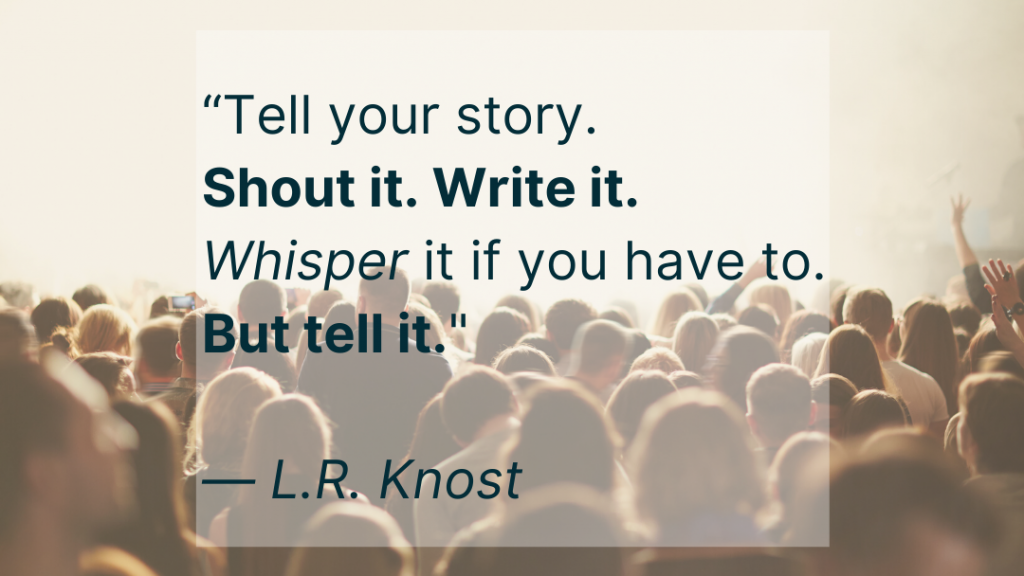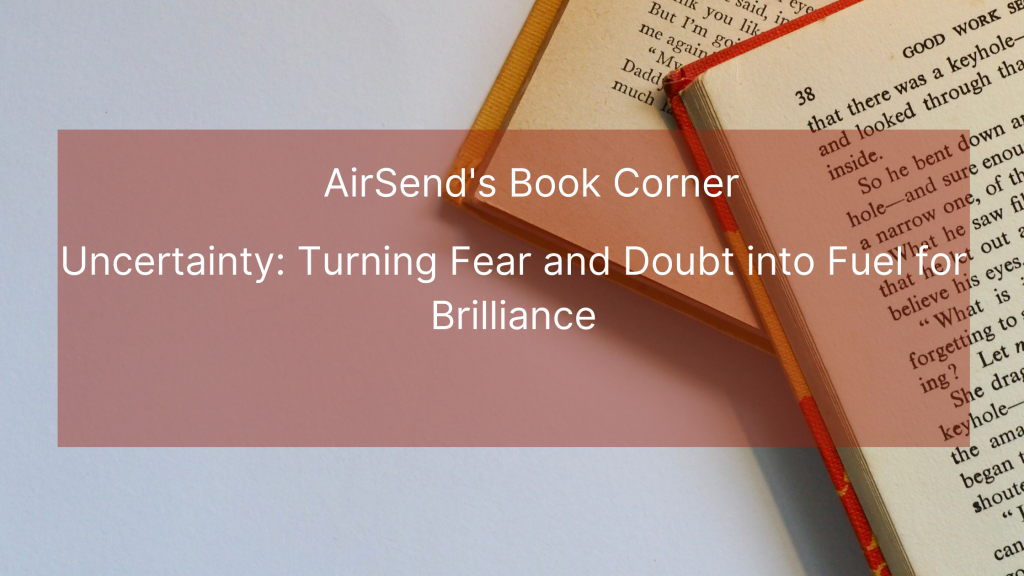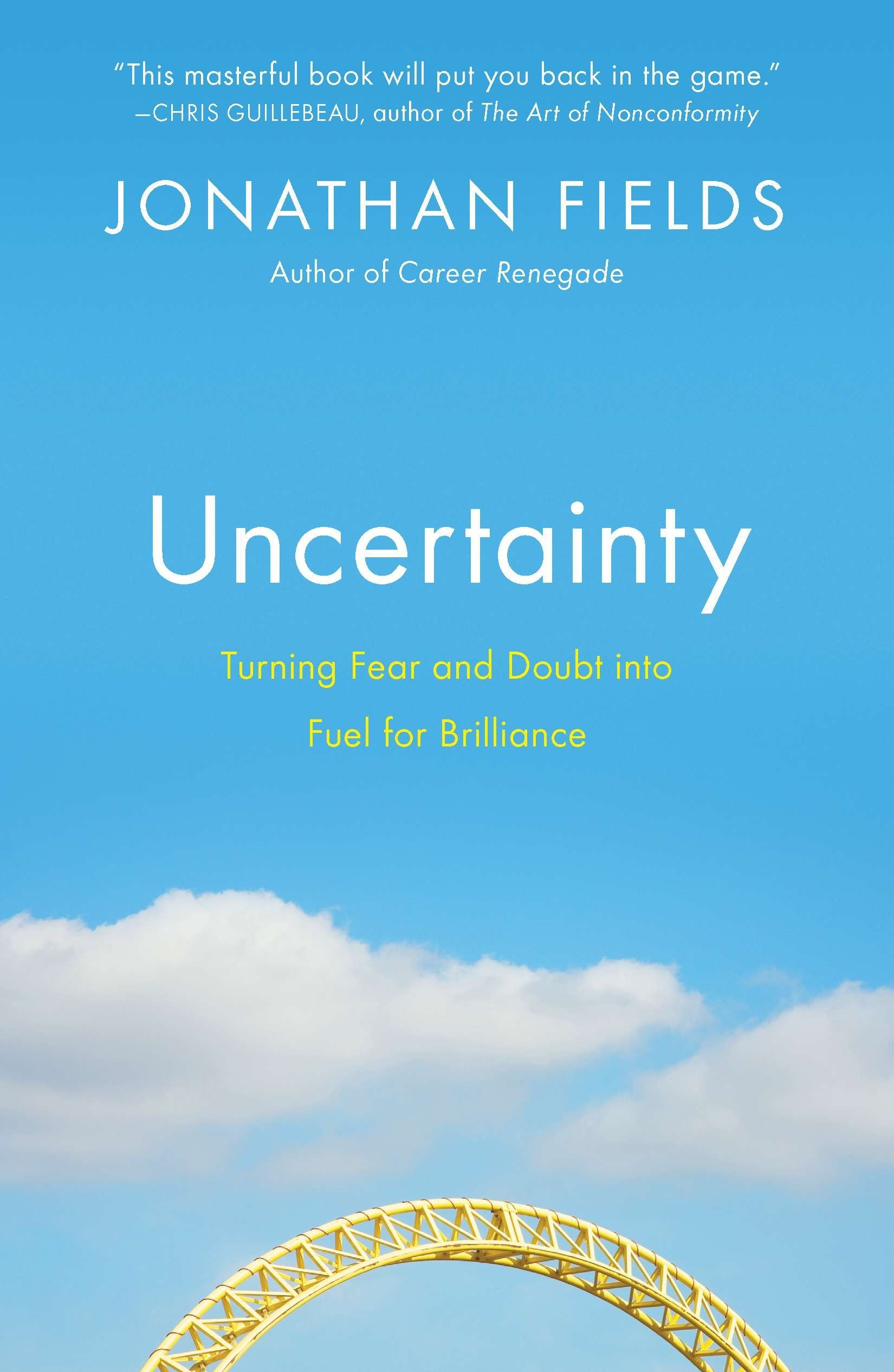
What is a PBC list?
PBC (Prepared/Provided By Client) is a request from external auditors to clients for the things needed to complete an audit. Usually, this begins as a preliminary list to start the audit process. As the audit progresses, the list dynamically increases.
What does a PBC list include?
A PBC list includes the financial documents of a business like its balance sheets and cash flow statements. It also includes any calculations or documentation needed to verify revenue, expenses, loans, and other contractual obligations. Basically, any and all items that impact the business’ finances.
Auditors request the PBC list to ensure that all necessary documents required to complete the audit are in place. This allows the audit to happen smoothly. It also drastically decreases the time the auditor spends conducting the audit.

How is a PBC list formatted?
Usually, auditors prepare dynamic PBC lists in an Excel sheet, Word document, or Google sheet. The people responsible for putting the materials together then complete it by circulating it amongst themselves. Each entry is given a specific identification code and description which includes the auditor and custodian name and the date by which it is required. The codes and descriptions help everyone keep track of what is happening.
The actual PBC list materials are shared with auditors through email or a file-sharing platform which the auditors are given access to. The status of materials is then tracked by audit teams. Additional ad hoc requests that auditors make are communicated to businesses through various mediums like email or text. Ad hoc requests form the “dynamic” part of dynamic PBC lists.

What are some PBC list challenges?
Challenge #1: Decentralization
Process decentralization is one of the biggest challenges which businesses and auditors face. Decentralization leads to disorganization and confusion, especially when there are many ad hoc requests. Issues like duplicate requests, unavailability of custodians, misplaced documents, and difficulty recovering past audit documentation or references are common. Also, updating the list by matching available items to their respective identification codes and tracking every ad hoc request is a challenge.
Challenge #2: Security
Security can be another issue when documents are shared through a public file sharing service. It goes without saying that financial documents are some of the most sensitive ones for a business. Therefore, sharing them over insecure or unreliable channels can put the business at risk of security breaches.

Obviously, there is a great need for auditors and businesses to streamline and centralize the dynamic PBC list process and mitigate security risks through technology.
How can technology address these challenges?
Feature #1: Process Automation
A good way that technology can help handle dynamic PBC lists is to have automated emails and alerts sent when a document is needed and received. Automatic updates to entries in the dynamic PBC list can also help alleviate inconsistencies. These features would mean that the entire audit team has access to all necessary information at all times. Thus, no one has to waste time and energy with repeated follow-ups.
Feature #2: Centralized Dashboard
Another helpful feature to have is a clear dashboard showing the status of multiple PBC lists. That way auditors can easily see what is coming in and what is still in progress all in one place. That will lessen confusion and improve the efficiency of their audits.

If a platform can provide the features mentioned above, it will be able to help auditors and businesses achieve the goal of easy, fast, and cost-effective audits.
What is a way to easily manage PBC lists?
AirSend is a digital workspace that allows for clear and easy collaboration. With AirSend, businesses can share files, send messages, complete tasks, and get work done in one space. The ability to create actions with automatic reminders and see alerts in one place make it an ideal option to manage dynamic PBC lists.
Send Messages
Auditors and businesses can have seamless conversations in secure, private channels.
Organize Files
They can complete PBC lists by sharing and organizing files using AirSend’s powerful file management system.
Track Open Items
They can also easily assign actions to track and complete the lists quickly in one place.
Find Everything Fast
No more endless searching for documents or requests. Auditors and businesses can files and open items in seconds.

As tax season comes around, its good to know a little about how audits work. As you can see, the right technology can make audits easier for everyone. So what’s your experience with PBC lists? We’d love to hear about it, so comment below.
You can also find out more about AirSend here.























